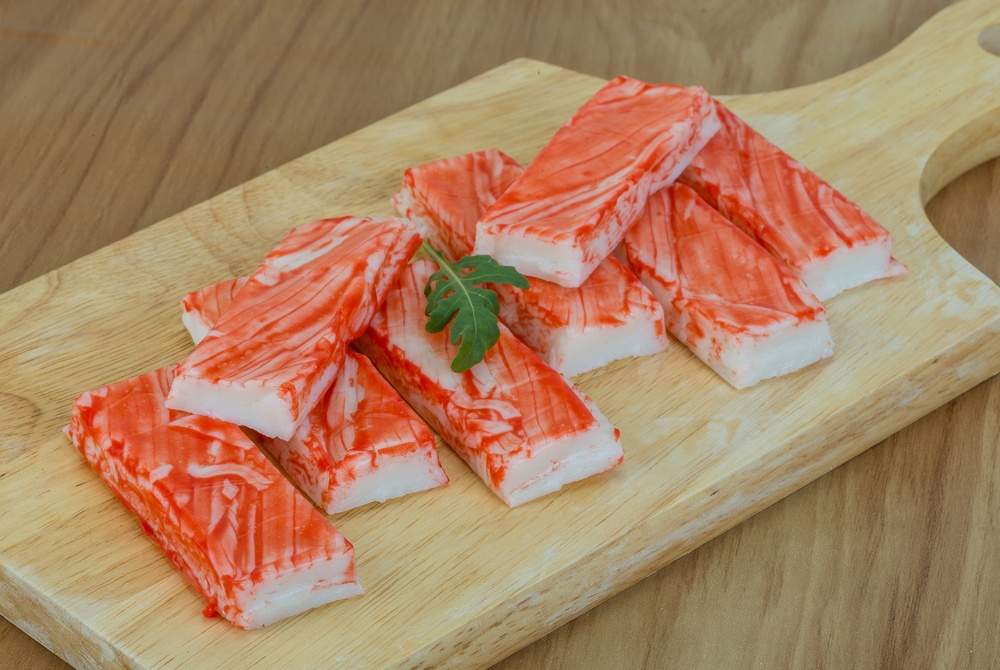Just like what the name says, imitation crab is not real crab meat — although it sure looks, feels, smells and tastes just like one! If you love stepping foot inside Japanese restaurants, it is very much likely that you have already come across this product parading as seafood several times, and you may have actually loved it each time!
Imitation crab comes in the form of sticks, and that’s why sometimes it is referred to as crab sticks. The outer part of each stick is orange-colored, while the inner part is white and fleshy, just like real crab meat. Imitation crab can be fried or steamed, or you may actually consume it without cooking due to its processing.
There are both pros and cons to the addition of imitation crab in your diet. In this article, we will talk about what imitation crab is actually made from, as well as some of the perks and downsides the food product comes with.
What It Really Is
The truth is there is no crab present in imitation crab. What it is made from is the flesh of the surimi fish which is very popular in Japan. The said fish is the perfect ingredient for imitation crab because it boasts of white-colored meat that closely resembles that of a crab’s.
Surimi fish is deboned, and its meat is cooked and processed to turn it into paste. Eventually, the resulting paste is formed into sticks that are almost bite-sized, and thus imitation crab is born.
Various Additives Added
Of course the meat of surimi fish does not taste like crab — there is actually no fish on the planet that tastes just like it. In order to make surimi paste taste like crab, certain food additives are added. In other words, the appetizing taste and smell of imitation crab is due to certain ingredients added to surimi paste.
Cheap and Appetizing
We all know that a lot of foods from the sea do not come with cheap price tags, such as squid, shrimp and lobsters. Crab is also one of those that are on the pricey side of the fence. For those who like to treat themselves with the delectable taste of crab meat without spending tons of cash, opting for imitation crab is a phenomenal idea.
Thanks to imitation crab, it is possible for crab, albeit not the real thing, to be added to a budget-conscious person’s diet on a regular basis. Additionally, imitation crab is more versatile than actual crab meat, which means that it is very much possible for the food product to be enjoyed in more delectable ways.
Low in Cholesterol and Sodium
One of the downsides of eating crab, the actual one, is the high cholesterol and sodium content. However, experts in nutrition say that there should be no problem to worry about provided that crab is eaten in moderation.
The amount of cholesterol and sodium in imitation crab is considerably lower compared to the amount found in the real deal. In addition, imitation crab packs lesser calories and saturated fats. Needless to say, imitation crab is ideal for those who are watching their weight.
Not as Nutritious
However, this does not mean that imitation crab should be consumed without restraint. As with anything on the face of the planet, too much is bad for you. Besides, imitation crab does not supply the body with some of the nutrients that crab meat impressively provides, such as protein, B vitamins, copper, phosphorus, selenium and healthy fats.
Since imitation crab is made from the meat of the surimi fish, it does contain protein and healthy fats. Unfortunately, every serving of imitation crab comes with artificial food additives, too.












